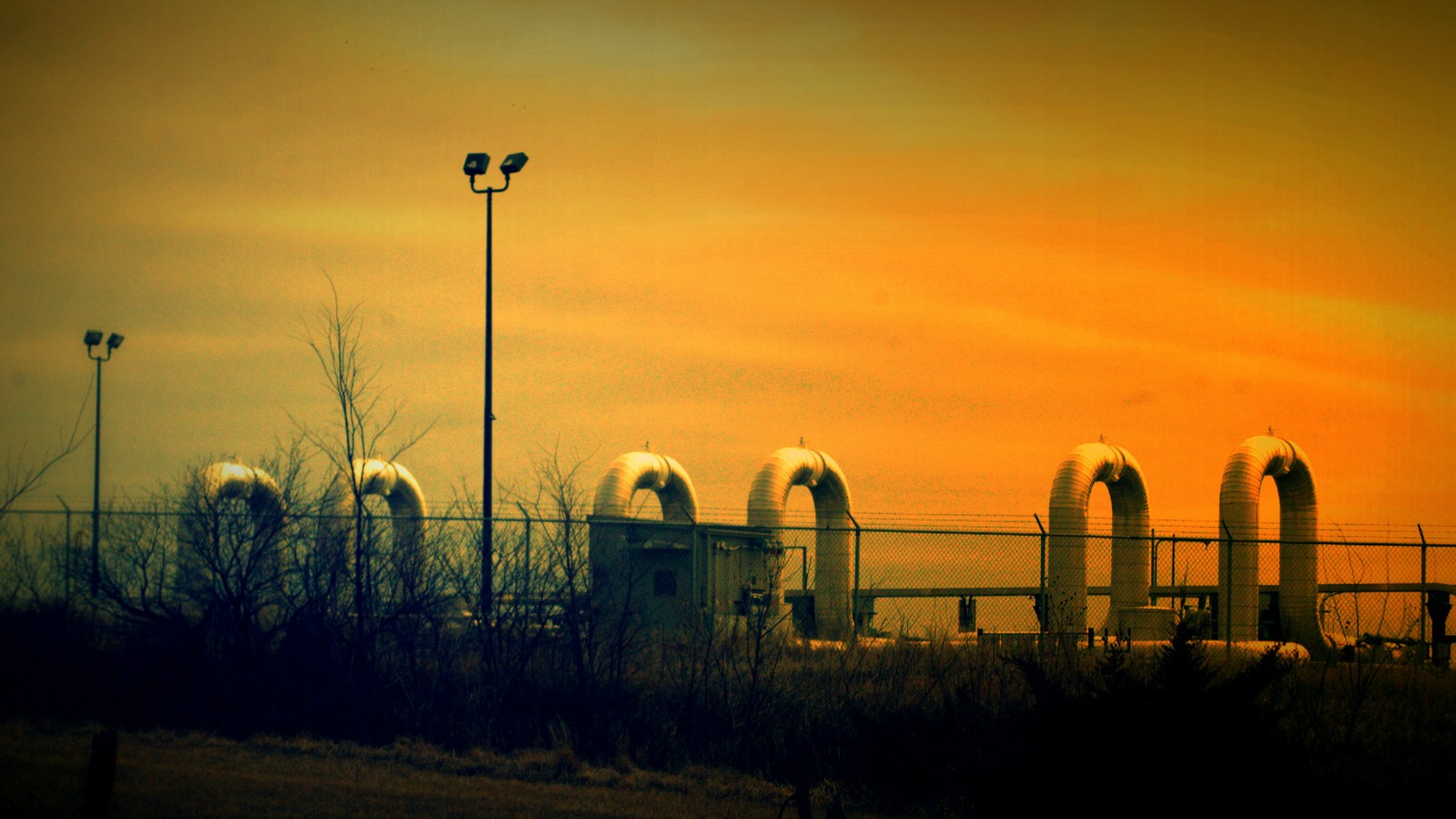A major section of the original Keystone pipeline is out of commission after an oil spill near the pipeline was detected in South Dakota on April 2.
The spill, estimated at 187 gallons of crude oil, serves as a reminder of the risks that pipelines pose — and that with the Obama administration’s rejection of the Keystone XL pipeline proposal, we’ve likely avoided the potential for an even bigger, more disastrous spill.
Part of the original argument against Keystone XL was that eventually, the proposed pipeline was bound to spill. A 2013 Forbes article (which claimed that it was “crazy” to think Keystone XL wouldn’t leak) pointed out that as pipelines age, they are often not properly maintained, leading to a greater possibility of a leak occurring.
The recent oil spill was discovered, of course, by TransCanada’s state-of-the-art spill detection technology — oh, what’s that? My state-of-the-art Tweet detecting system’s “Bill McKibben” sensor just went off:
It appears that Transcanada's 'sophisticated pipeline leak detection system' involves passerby noticing pools of oil https://t.co/qpfWuEUcOq
— Bill McKibben (@billmckibben) April 4, 2016
Apparently, a South Dakota landowner first noticed signs of a spill and informed TransCanada of the leak. As a result, TransCanada shut down the section of the pipeline from Alberta, Canada, to Cushing, Okla. (The section of Keystone that runs from Cushing to Texas is still in operation.)
TransCanada says that “no significant impact to the environment has been observed” from the April 2 spill. We hope it stays that way — and in the meantime, we’re glad that there’s one less huge pipeline out there to worry about. Spilled milk might not be worth crying over, but unspilled pipelines are definitely worth celebrating.
Correction: An earlier version of this article’s headline read “Keystone leaks and reminds us why we’re glad there isn’t an XL pipeline out there.” In fact, the southern leg of the XL pipeline from Oklahoma to Texas is in operation. Grist regrets the error.




